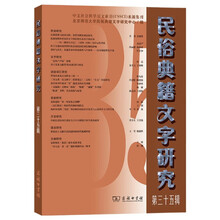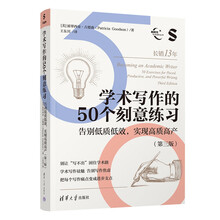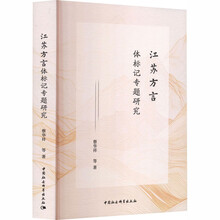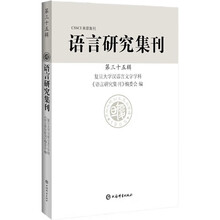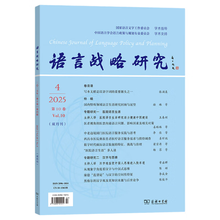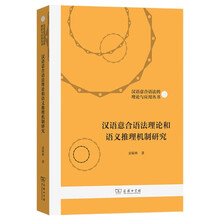序
前言
List of Figures
List of Abbreviations and Symbols
1 Introduction
1.1 The study of word meaning
1.2 A general introduction to the present study
1.3 Rationale of the study
1.4 Objectives of the study
1.5 Methodology and data of the study
1.6 Outline of the book
2 Pragmatic Studies of Word Meaning
2.1 Introduction
2.2 Pragmatic studies of word meaning abroad
2.2.1 Grices theory
2.2.2 Levinsons theory
2.2.3 Blutners study
2.2.4 Wilsons study
2.3 Pragmatic studies of word meaning at home
2.3.1 徐盛桓s study
2.3.2 葛本仪s study
2.3.3 The latest studies
2.4 Summary
3 Relevance Theory
3.1 Introduction
3.2 Relevance and cognition
3.3 Relevance and communication
3.3.1 Cognitive environment and mutual manifestness
3.3.2 The Communicative Principle of Relevance
3.4 Relevance and inference
3.4.1 Non-demonstrative inference
3.4.2 The role of deduction in non-demonstrative inference
3.5 Explicature and implicature
3.5.1 The identification of explicature
3.5.2 The identification of implicature
3.6 Summary
4 Concept and Word Meaning
4.1 Introduction
4.2 Concept
4.2.1 Saussures view of concept
4.2.2 Fodors view of concept
4.2.3 The authors view of concept
4.3 Word meaning
4.3.1 Referential approach
4.3.2 Representational approach
4.3.3 The author view of word meaning
4.4 Summary
5 The Construction of Token concepts
5.1 Introduction
5.2 The properties of knowledge in long-term memory
5.3 The construction of token concepts
5.4 Summary
6 Pragmatic Adjustment of Linguistic Meaning of Words
6.1 Introduction
6.2 Zero adjusting
6.3 Narrowing
6.3.1 Deictic expressions
6.3.2 Scalar adjectives
6.3.3 Other words
6.4 Broadening
6.5 Narroadening
6.5.1 Overlapping
6.5.2 Transferring
6.6 The relevance-theoretic interpretation of pragmatic adjustment
6.7 Summary
7 Conclusion
7.1 Summary
7.2 Major findings
7.3 Theoretical and practical implications
7.4 Limitations of this study
7.5 Suggestions for further research
Bibliography
展开

